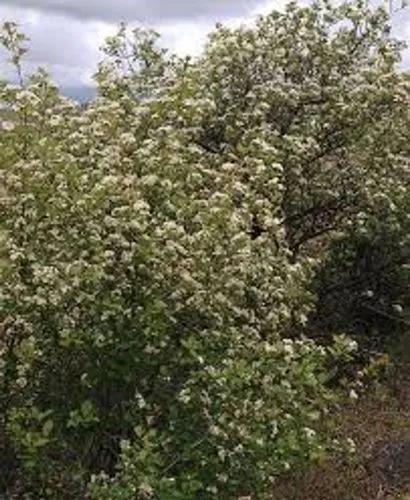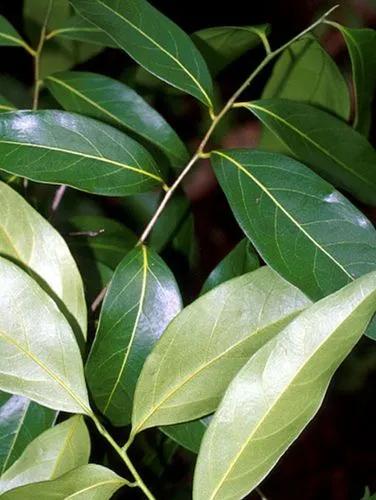Pinus, the yellow, or hard pine group, generally with harder wood and two or three needles per fascicle. The subgenus is also named diploxylon, on account of its two fibrovascular bundles. Pinus subg. Strobus, the white, or soft pine group. Its members usually have softer wood and five needles per fascicle.
Spine Tree Care
Pinus



How to Care for the Plant

Water

American holly needs to be kept moist while it getting established, but after the first year or so, watering once a week (about 1 inch) is sufficient. This plant has a good tolerance for occasional drought.

Fertilizer

Early each spring, American holly will appreciate an application of an acidifying fertilizer.

Sunlight

American holly will grow nicely in most full sun to part shade locations. In hot climates, plants will do best if they get some afternoon shade.

Soil

Give this plant a well-drained, acidic soil. If necessary, amend the soil to acidify it, or be prepared to feed it regularly with an acidifying fertilizer.

Temperature

American holly generally does well throughout the temperature range of its hardiness zone, 5 to 9.

Additional

Like other hollies, American holly contains a variety of toxic alkaloids in quantities that can be mildly poisonous. Eating the berries is the most likely source of poisoning, so be on guard where there are small children around.

Popularity

88 people already have this plant 21 people have added this plant to their wishlists
Discover more plants with the list below
Related articles






